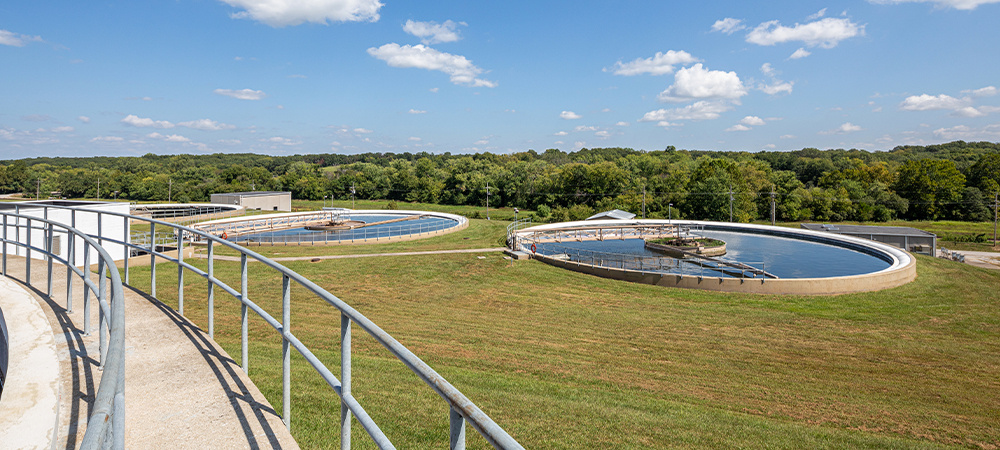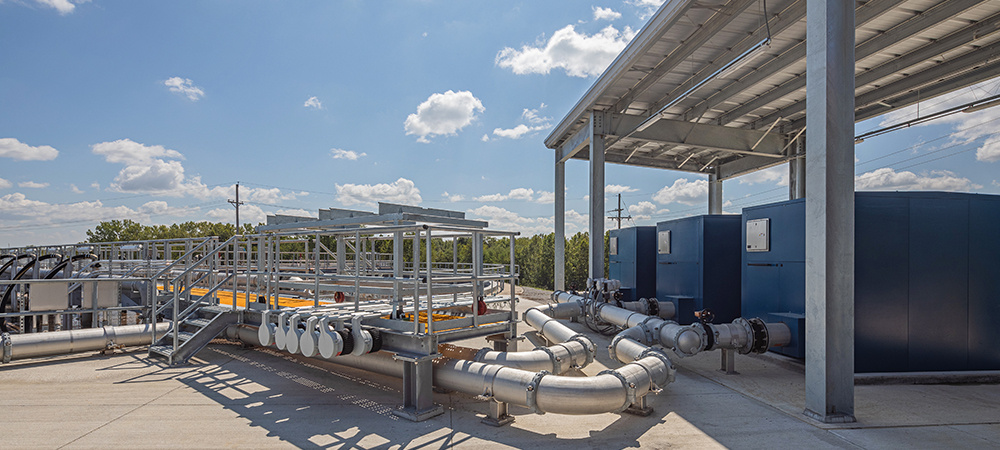
Challenge
The potential of equipment failure and limited availability of replacement parts due to equipment age and market conditions at the Marshall Municipal Utilities (MMU) wastewater treatment plant were incredibly severe. The plant operated two rotating bridge aeration trains and only one of two aeration basins was operational.
With one system had failed, and the other was on the brink of failure, fast improvements were needed. Because the equipment’s age, the ability to repair what was broken was limited due to unavailable spare parts. Additionally, since this was during the start of the COVID-19 pandemic, procurement issues, including price escalations and long lead times, were a challenge.

